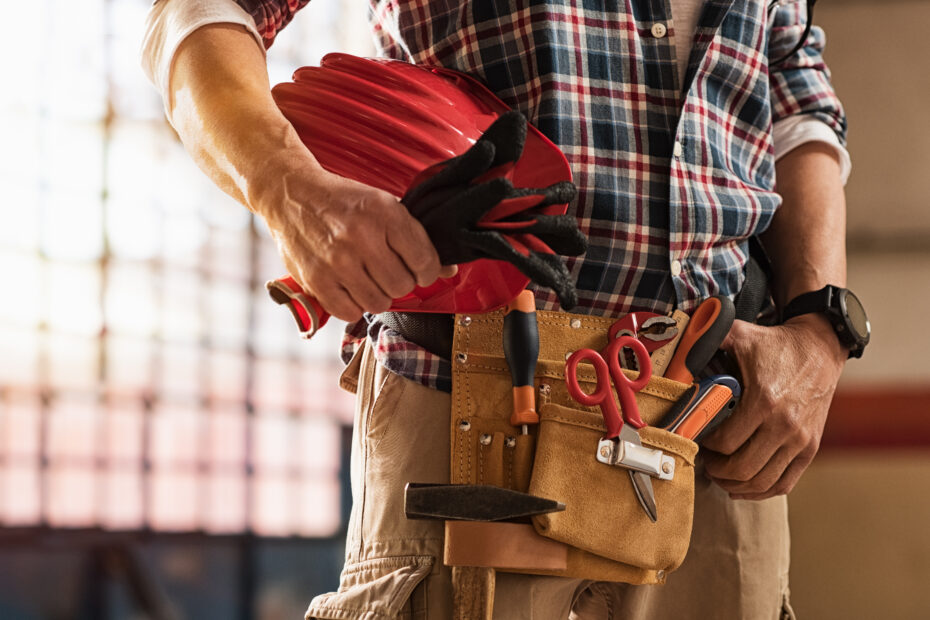A bewildering array of glues can be found in the adhesives section of any hardware shop. Which glue is right for you?
Here’s a list of common glues and other adhesives that can handle almost any situation you might encounter.
PVA
PVA, also known as polyvinyl alcohol, is the white glue we all remember from primary school. You can use it for repairs and crafting. The PVA dries clear, so it won’t alter the appearance of your work. However, if you intend to stain a wood project, you should clean up any excess with damp rags as the stain will not take over dry glue. A PVA exterior is also available. This is water-resistant and can be sanded, or painted.
Construction adhesive
This term encompasses a broad range of adhesives used in construction and building projects. Construction adhesive can be used to connect surfaces. It’s also great for repairing seams between materials. You will find products that are fast-grip, strong, for landscaping and to be used on glass or mirrors.
Contact Glue
Contact adhesive can be used for strong bonding on close fitting surfaces like vinyl tiles, laminates, benches, vinyl tiles, or fixing the sole of your shoes. It should be applied to both surfaces. Leave it for a few minutes to set the adhesive. Starting at one edge, join the surfaces and then bring them together to eliminate air bubbles. Contact adhesive comes in liquid, spray, and gel formats to suit different applications.
Hot glue
Hot glue is popular for craft projects. The glue sticks are applied with an electric glue gun. Once the glue dries it sets fast, so you don’t have to wait for your project to be finished. You can use it for rubber, craft materials and glass.
Epoxy adhesive
Use an epoxy adhesive to create a strong bond that will set in minutes. You must mix two parts of the product together to activate the glue. It sets instantly so you will need to work fast. The bond will not require you to clamp objects. Simply hold the object together for a few moments while it sets. Within hours, the bond can be strong enough to withstand everyday use. You can use it on ceramics or broken glass, children’s toys, and other areas that require strong gripping power.
